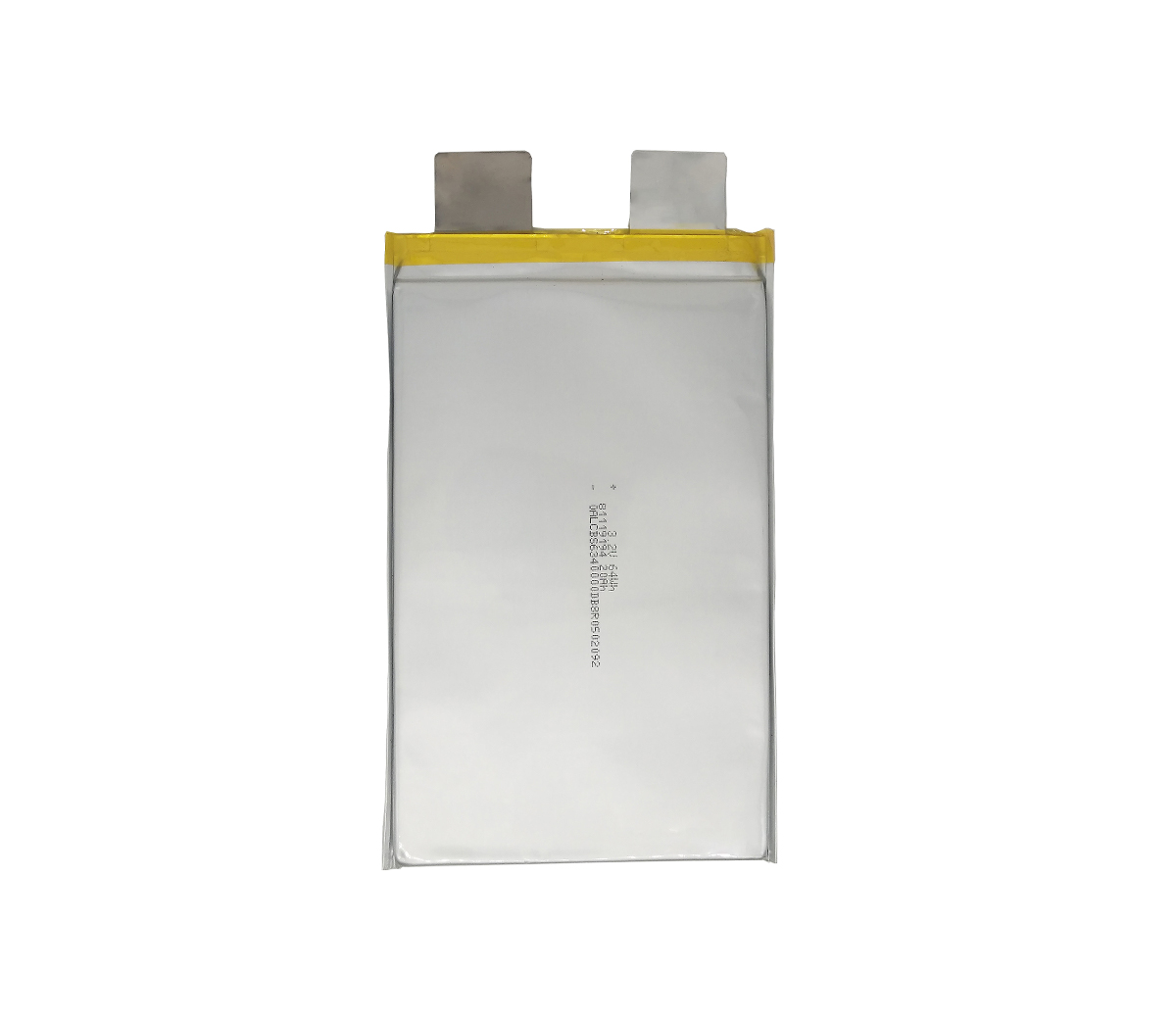
Researchers from the European Graphene Flagship Research Project recently
explained how the graphene oxide suspension suspended in water undergoes
biodegradation under the catalysis of a human enzyme, and the degree of this
degradation is similar to that of the suspension. The stability of the colloid
has a lot to do with it. This research has great guiding significance for the
future application of graphene-based materials in biomedicine.
Like all new materials that are expected to be industrialized, the health
and safety issues that graphene-based materials may cause have aroused great
interest from a large number of experts and the public. The development and
commercial application of graphene-based materials is still in its infancy, and
the environmental problems, health and safety risks it brings are still under
study. The researchers are mainly researchers related to the European Graphene
Flagship Program. This flagship project is a large international consortium with
academic and industrial partnerships, partially funded by the European
Commission. Its purpose is mainly to focus on and solve the large-scale
scientific and technological challenges that Europe needs to solve through
long-term, multidisciplinary research.
The potential health and safety impact of two-dimensional materials
including graphene materials is a focus worthy of in-depth study. When it comes
to the commercial application of graphene-based materials, its persistence and
long-term accumulation in the environment have become key issues. Therefore,
after use, how to safely handle graphene-based materials and other engineering
materials has become a key issue. A very interesting question. Specifically in
terms of graphene, this two-dimensional oxidized form of carbon allotrope has
huge application potential in some related fields such as drug release, bionics,
tissue engineering, and biosensing, and all of this is attributable to Because
of its high dispersibility and biocompatibility in water.
Graphene oxide material has a highly effective role in biomedical
technology, but its toxicological effects must also be systematically studied
and evaluated. Many related experimental studies have reported that graphene
oxide materials can damage living cells and weaken the human immune response
under certain circumstances. But when you consider it all together, you will
find that the dates for these experiments are uncertain, and even contradictory
in some cases.
Graphene and many of its compounds are biocompatible, but there are few
research reports on its degradability. For this reason, a research team led by
Alberto Bianco, an expert from the French National Research Council and one of
the researchers of the flagship project, studied in detail the degradation of
graphene oxide materials under the action of biological enzymes. The research
results were published in the journal "Small". The researchers of the project
stated that the myeloperoxidase extracted from human white blood cells and a
small amount of low-concentration hydrogen peroxide can be used to remove highly
dispersed graphene oxide samples. Completely metabolized and degraded.
The first author of this article published in the journal "Small" is
RajendraKurapati, a postdoctoral student from the Bianco research group.
Kurapati and colleagues mainly focused their research on the degradation ability
of myeloperoxidase to degrade three different graphene oxide samples, which are
mainly classified according to the degree of dispersion in water. It is worth
noting that we are talking about dispersion and not the concentration of the
material. Studies have found that under the action of myeloperoxidase, the more
highly aggregated graphene oxide suspension is more difficult to degrade, and
the more stable colloids can be completely decomposed under the action of
enzymes. In terms of chemistry, the dispersibility of graphene oxide depends on
the oxygen-containing groups on the surface of the graphene material, which in
turn affects the biodegradability of the material.webcam factory
After introducing their experimental results in detail, the researchers
began to discuss the degradation mechanism of graphene oxide. The discussion
first summarized the infection process of myeloperoxidase against bacteria and
other invasive materials that can cause inflammation of biological tissues.
During inflammation, neutrophils, a subtype of white blood cells, gather in the
infected area and secrete myeloperoxidase, which catalyzes the chemical reaction
between chloride ions and hydrogen peroxide to produce strong oxidants , Such as
hypochlorous acid. These oxidants have antibacterial properties and can degrade
polyester grafts, extracellular sugars and oxidized carbon nanotubes. The
authors of the study believe that the high redox potential of these oxidants
produced during the chemical reaction catalyzed by myeloperoxidase will degrade
the graphene oxide material in suspension in the same way. The most likely place
where the material decomposes is mainly concentrated in the place where carbon
atoms and oxygen atoms combine in the graphene lattice. In addition, the surface
charge also has an effect on this process, as in the case of oxidized carbon
nanotubes. Because it shows that the charge will make the graphene oxide and the
biological enzyme can bind stronger, and then start to initiate the degradation
reaction.
"Our experimental studies have proved that graphene oxide is completely
degraded under the action of myeloperoxidase. At the same time, the results of
the experiment also show that if humans or other organisms accidentally inhale
graphene oxide, it may cause health risks. It can also be controlled". Bianco
said: "On the other hand, in the biomedical field, if graphene-based materials
are used as clinical biomedical materials, their biodegradability will also be
considered. Our research provides a safe treatment of graphene-based materials
and is A new method that is environmentally sound. Similarly, this has great
guiding significance for the further development of graphene-based materials as
a release carrier of biologically active molecules or medical drugs."
The specific degradation mechanism of graphene oxide is a subject that
still needs further research and exploration, but the latest research results
are also obvious. Graphene oxide is catalyzed by myeloperoxidase under the
premise of the presence of hydrogen peroxide. Degradation. Moreover, the degree
of degradation depends on the degree of colloidal stability of the suspension,
which also shows that the hydrophilic nature of graphene oxide is a major factor
in its ability to be degraded by myeloperoxidase. Therefore, when applying
engineered graphene oxide materials to biomedical applications, the stability of
the colloid should be considered.



































